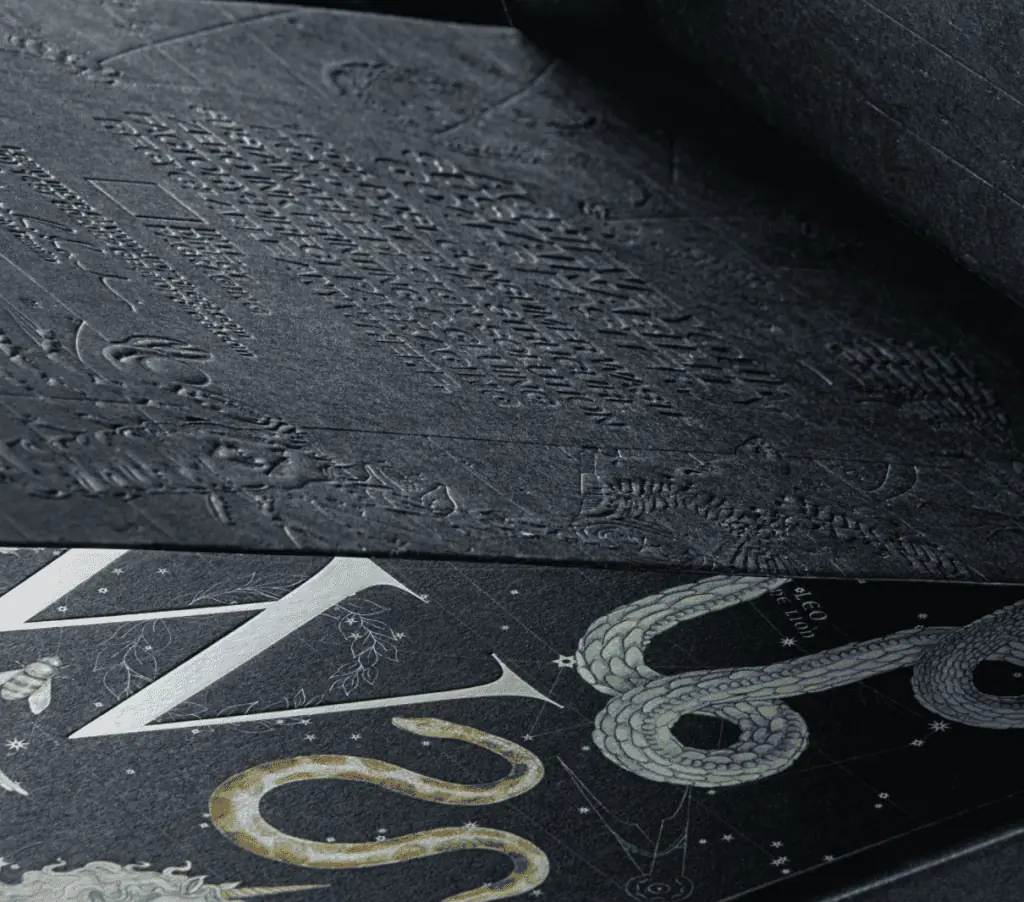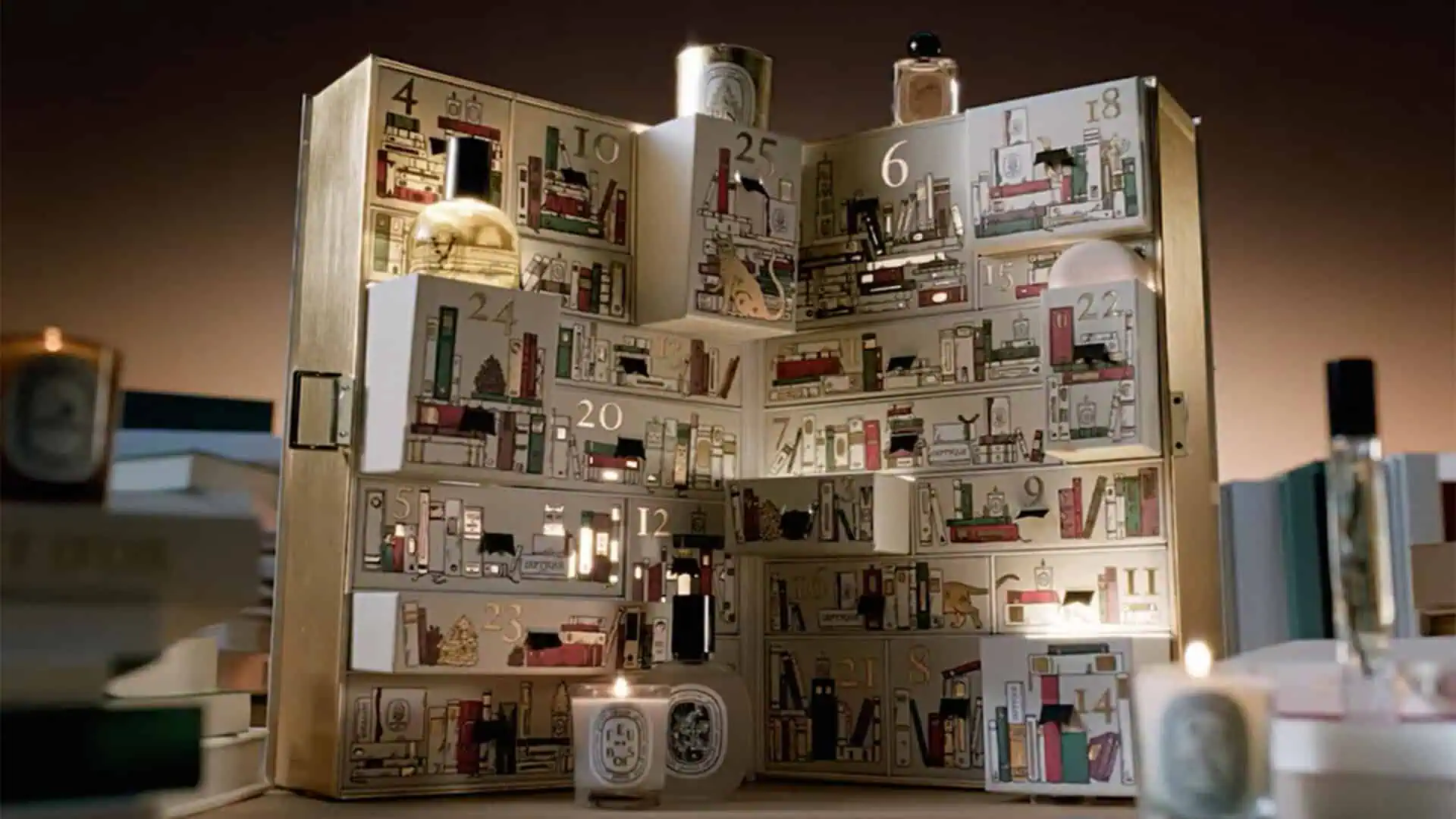Author
Sustainable Specialist
Published
December 1st, 2020
Length
5 Minutes
“Sustainable Packaging Design” is the buzzword of 2020, at least when it comes to packaging.
Everyone is talking about carbon footprint reduction, lightweighting, recycling, and eliminating plastics. But how does a genuinely sustainable package look?
Walpole, The Voice British of Luxury, challenged our design team to this exact question. What does sustainable packaging look like for the luxury sector?

Like any that focuses on results, our process begins at the end and works its way to the beginning. Here are the questions we asked ourselves before considering the design.
- What are the goals of sustainable packaging?
- What are the requirements for sustainable packaging?
- What should the packaging communicate, and how?
- Beyond sustainability, what are the concerns of consumers today?
Let’s look at each of these questions to understand how to design sustainable packaging.
What are the goals of sustainable packaging?
First and foremost, all packaging must protect the product. At IDP Direct, our view is sustainable packaging must be easily separated by anyone. We chose to focus on recycling as an end of life process because these items would be shipped internationally, and the method available across all borders was recycling. Not all regions offered compost collection or separate processes beyond recycling.
Always consider where your packaging will end its life and what processes are available there.
What are the requirements for sustainable packaging?
Packaging must offer a friction-free experience for the consumer to recycle it, which means that the bag, box, or bottle must be easy to separate from any non-recyclable components. The package must explain to the user how to discard the item. It’s also critical to limit any environmental impact generated from any process along with the production methods. So not only does recyclable packaging have to be easy to recycle, you must choose a high content of PCW. The more you choose high content PCW, the more demand for recycled fibers, which increases financial incentives to drive supply.
Considering the entire lifecycle of packaging, we looked at the material sources. Speaking to the luxury paper mill, James Cropper, we decided to use their Rydal line of papers. Rydal is a 100% post-consumer waste sheet that was made from coffee cups using their cup-cycling technology.
Always consider where your packaging will end its life and what processes are available there.

What should the packaging communicate, and how?
In this instance, the goal was to communicate a sense of understated luxury. For the creative team at International Direct Packaging, that meant tightening the parameters. How could we say more with less?
Less material, less processing, less of everything, and more focus on the product we viewed as the hero.
By tightening our parameters to product protection essentials, we decided to create an in-house corrugated board. Making our corrugated board in-house using the Rydal sheets gave the eCommerce box the strength required and gave us a blank canvas to complete the communication. The artwork and messaging were applied using a multilevel embossing technique that creates an elegant, tactile hand-feel and allows the box to be the focus during the unboxing. Because there were no inks, foils, or other processes once users revealed the book, everything to do with the packaging faded away.
Beyond sustainability, what are the concerns of consumers today?
How consumers interact with packaging has changed dramatically from just months ago. Consumers are wiping down packaging with bleach, leaving eCommerce boxes in the sun, and considering their interactions with packaging on a different level than ever before. For this reason, applying James Cropper’s PaperGard made sense. Their anti-microbial treatment reduces the viability of viruses by 99.9% within 2 hours. Shipped by air, the e-commerce boxes would arrive virus-free into the hands of Walpole members.
What are other concerns consumers have today that can change how you design packaging?


